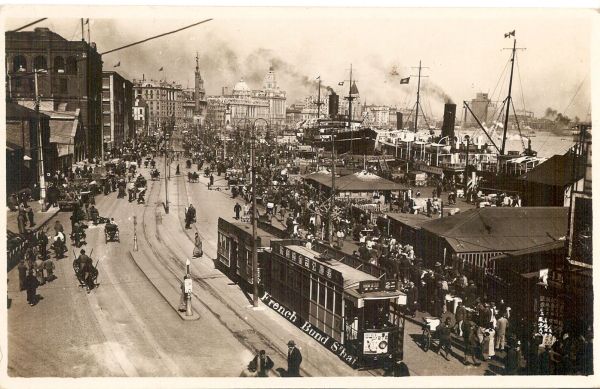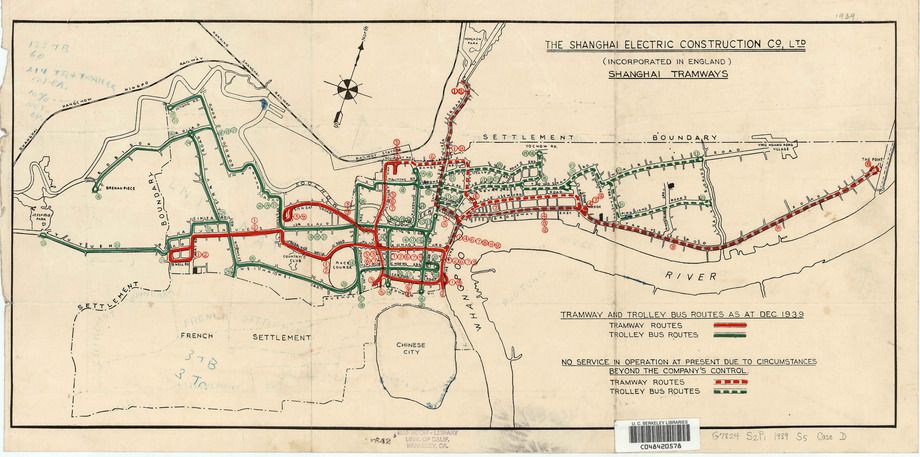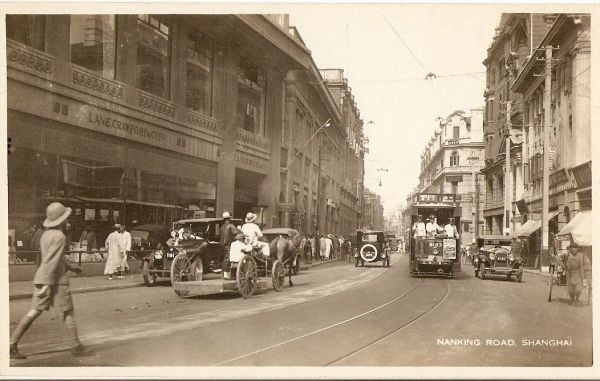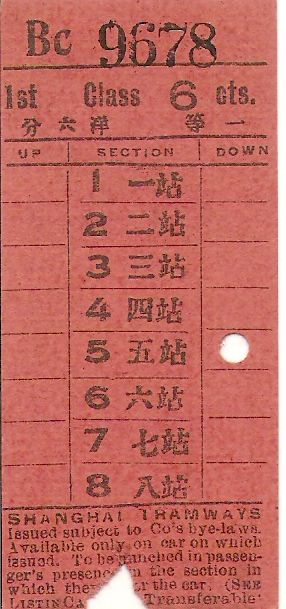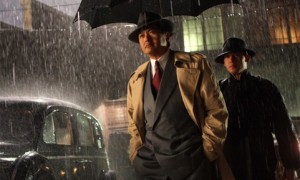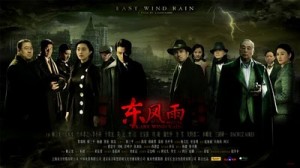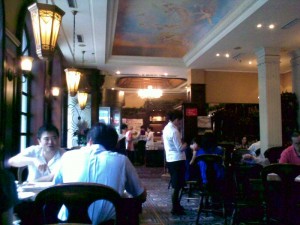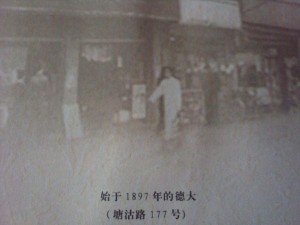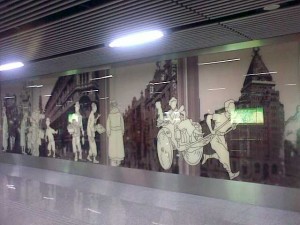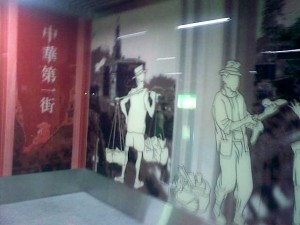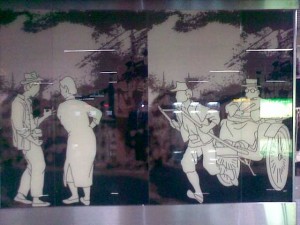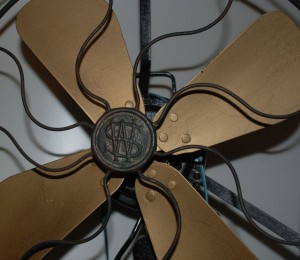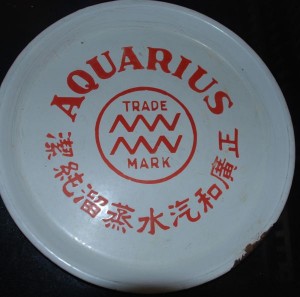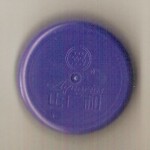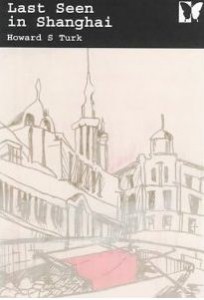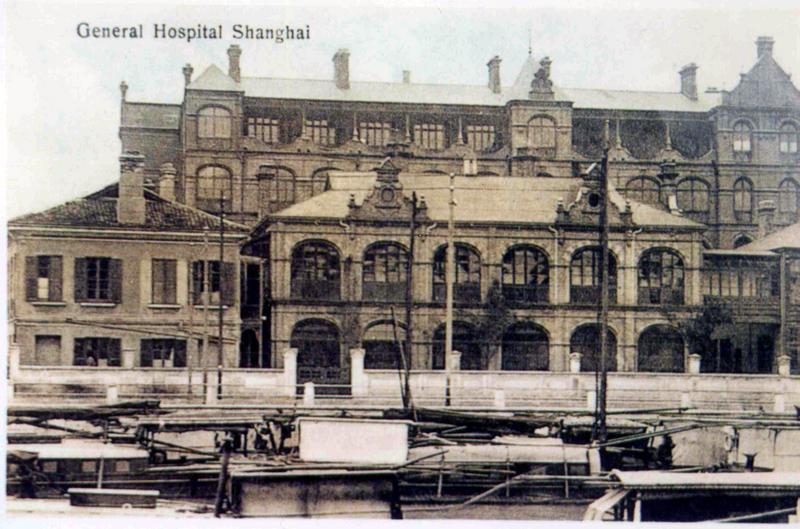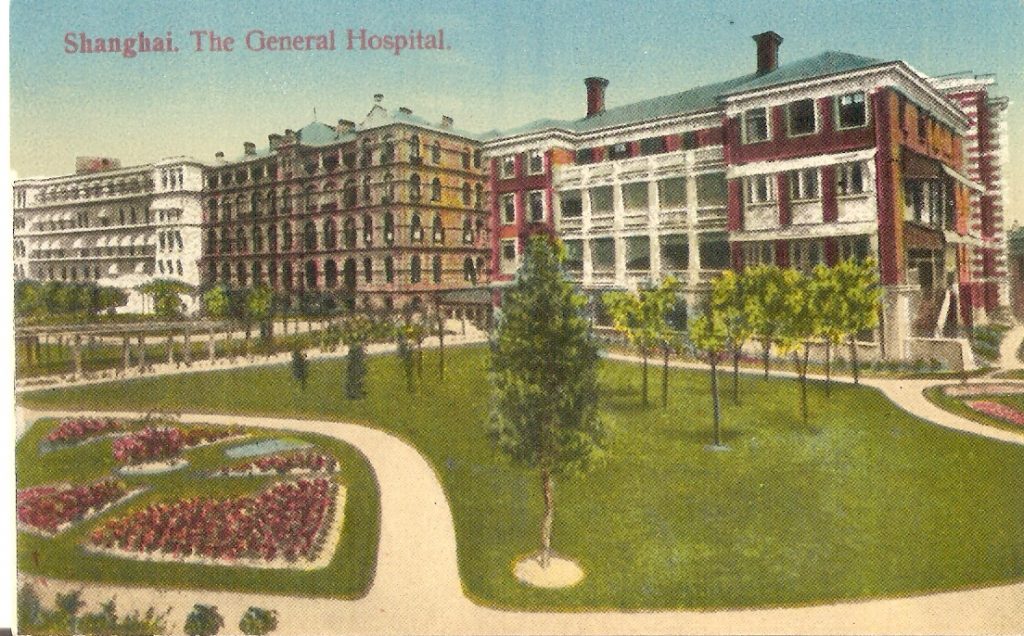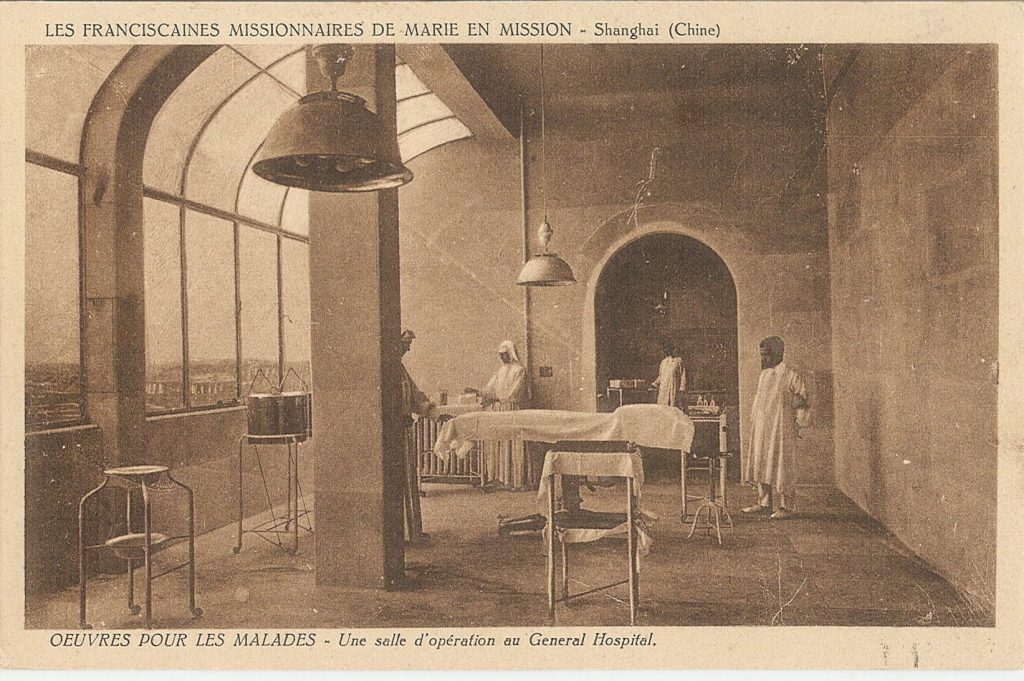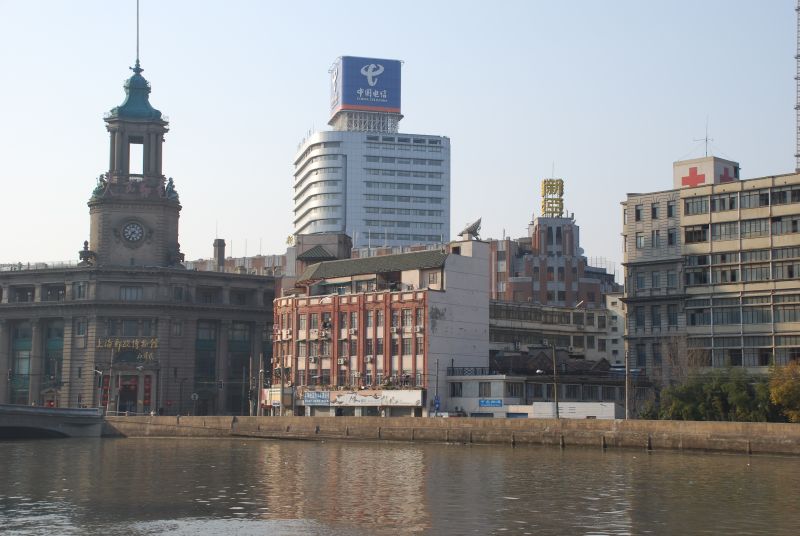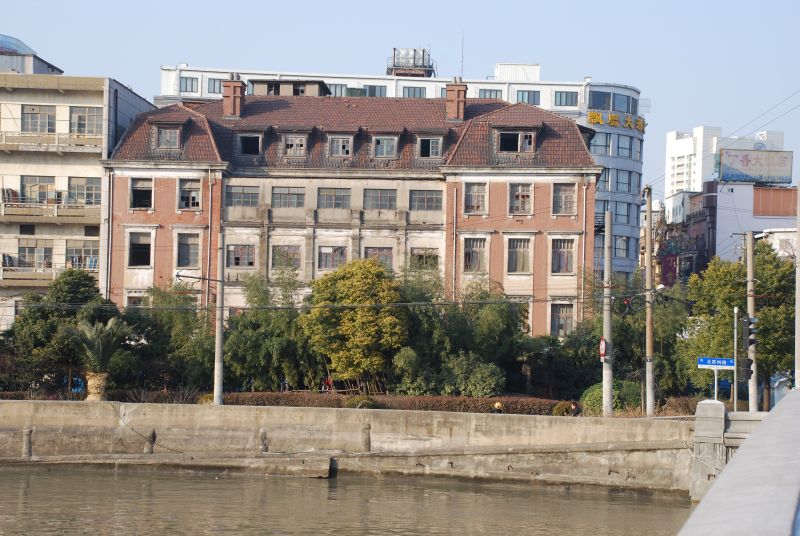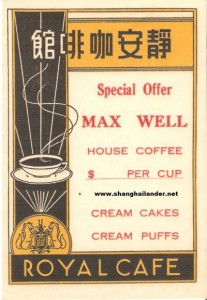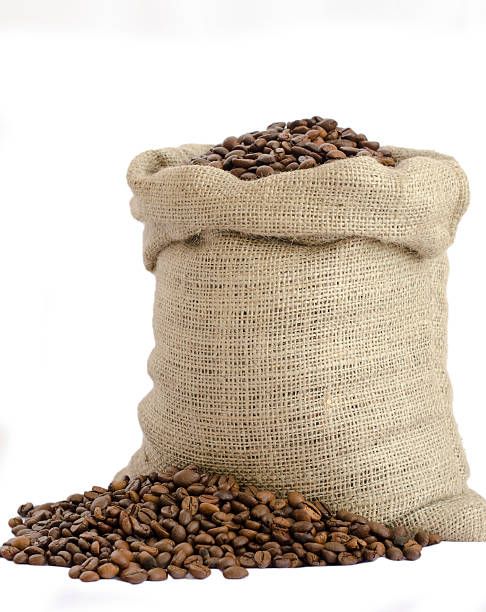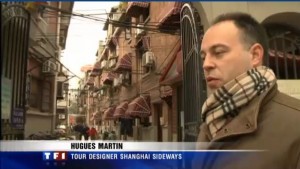
The blog Shanghailander.net was started a few years ago to tell stories about Old Shanghai to my friends in the city. It has now grown much further than this primary objective. There are about 800 people a month reading the blog online along with many others subscribing to the RSS feed. Foreigners who actually lived in Old Shanghai in the 1930’s wrote to me and I have even been involved in writing articles about the topic as well as becoming the tour designer for Shanghai Sideways.
The latest development has been TV programs. As many journalists came to cover the Shanghai EXPO 2010, they also were looking for other topics and point of view of the city. This lead to 3 French TV programs that were all recently broadcasted. The latest one was last Saturday on the main French TV station TF1. It’s a short program within the lunch time news showing a introduction to foreign style architecture in Shanghai. It can be viewed at: http://videos.tf1.fr/jt-we/le-pavillon-francais-vitrine-de-la-france-a-shanghai-5928495.html
The second one was a much longer 52 minutes report on EXPO 2010 and Shanghai history for ARTE TV, a French-German cultural channel. The section I took part of lasts for 10-15 mins and is focused again on Shanghai history and what remains of it today. It includes a number of footage in old Shanghai’s villas as well as an interview shot while driving my sidecar. It was broadcasted on French TV Channel arte last week, but will be shown again on 20th July at 5:00 am and on 31st July at 12:55 am. It can also be viewed at: http://videos.arte.tv/fr/videos/shanghai_dreams-3310384.html
The last one was a 52 minutes report broadcasted on French cable TV Telemaison. The 10 minutes part I appear in is also focused on Shanghai history, unfortunately it is not available on the internet. I only have it on DVD at home.
I have also been working on a series of documentaries about Shanghai history for Shanghai based channel Dragon TV, The film will be in Chinese which was a great challenge. It is still in production at the moment.
